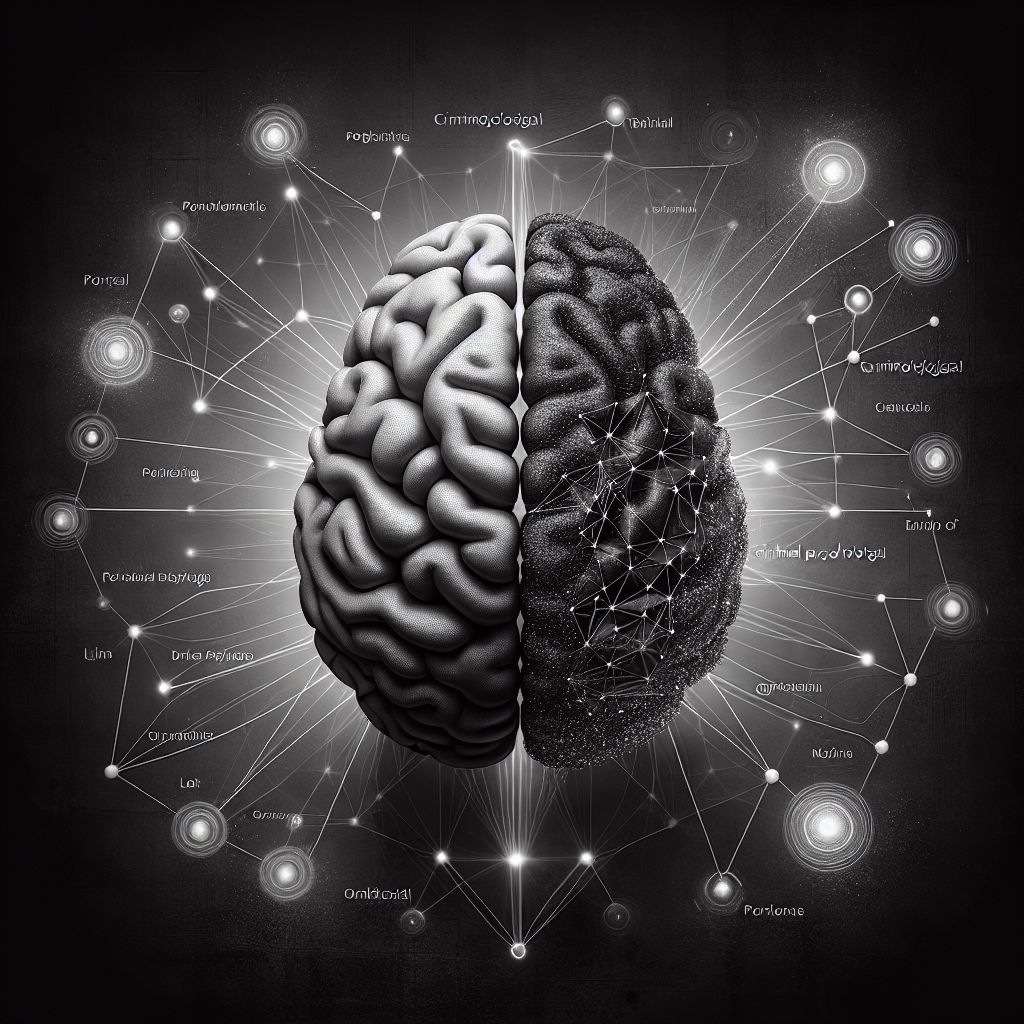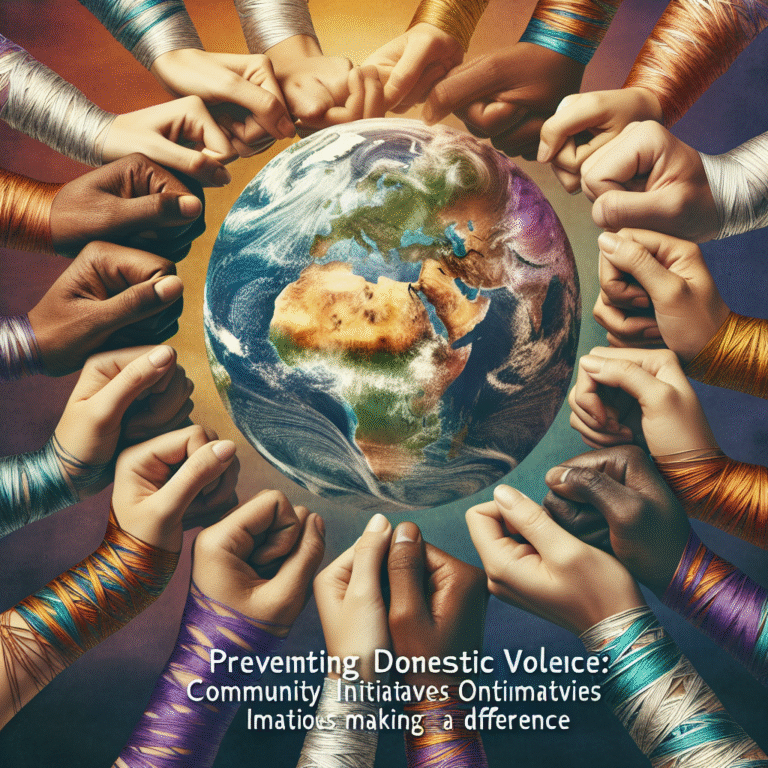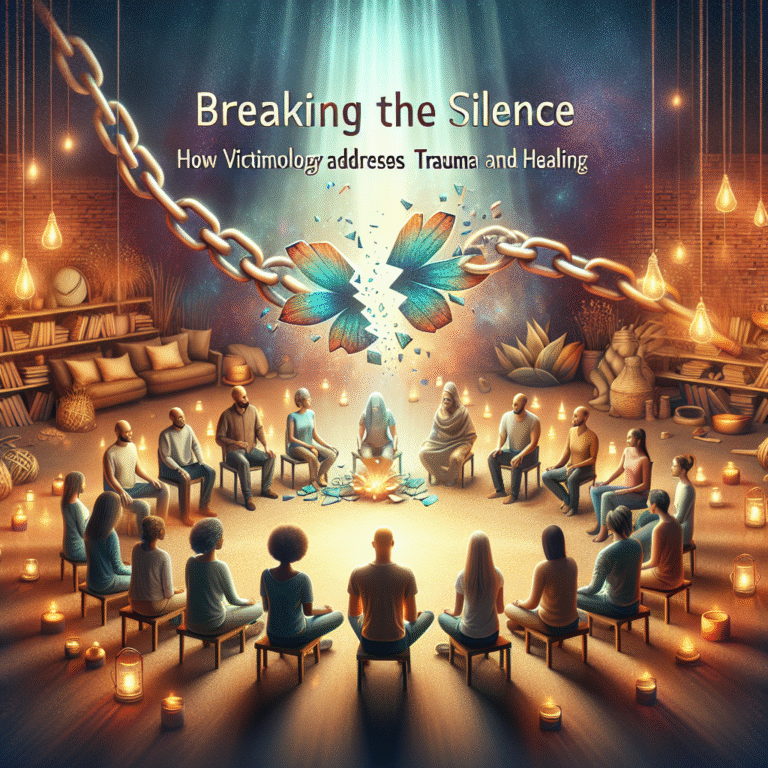
Introduction
From the ruthless psychopath to the desperate shoplifter, the criminal mind is a complex tapestry woven from psychological, social, and economic threads. Understanding why individuals commit crimes is more than a scholarly pursuit; it’s essential for creating effective crime prevention strategies and enhancing rehabilitation processes. In this article, we will embark on a comprehensive journey of unpacking the mind of the criminal: the evolution of criminological theories, drawing from a rich history of thought and case studies that illuminate both the complexities of criminal behavior and the broader societal implications.
The Historical Context: A Journey Through Time
Early Theories of Crime
The foundations of criminological theory can be traced back to the Enlightenment era, where thinkers such as Cesare Beccaria and Jeremy Bentham ignited debates on free will and rational choice. Beccaria’s seminal work, On Crimes and Punishments (1764), posited that individuals weigh the costs and benefits of their actions before committing crimes, suggesting that punishment should be swift and proportionate to deter crime.
Case Study: The Rational Choice Theory
The rational choice theory posits that criminals are rational actors making calculated decisions. A prime example is the case of Andrew Cunanan, a serial killer who strategically chose targets based on their vulnerabilities. Understanding this theory helped law enforcement develop profiles of potential victims, enhancing preventive measures.
Classical and Positivist Schools
As society progressed, the deterministic view of the positivist school emerged, spearheaded by figures like Lombroso. Cesare Lombroso argued that criminals were biologically predisposed to commit crimes—a view later criticized for its reductionism and ethical implications.
Case Study: Lombroso’s Monster
Lombroso’s research around the physical features of criminals, exemplified in his study of the “born criminal,” offers a controversial but important perspective. While eventually discredited, it highlights the early efforts at understanding biological influences, marking a stepping stone for contemporary behavioral studies.
The Behavioral Shift: Psychological Theories
Psychoanalytic Perspectives
In the early 20th century, the introduction of Freudian psychoanalysis brought forth a new way to understand criminal behavior. Freud’s theories suggested that unconscious desires and unresolved conflicts could drive individuals to commit crimes.
Case Study: The Boston Strangler
Albert DeSalvo’s case revealed striking patterns of repressed emotions and childhood trauma, illuminating how deep-seated psychological issues can manifest as violent behavior. This case embodies the struggle between external stimuli and internal conflict, underscoring the need for psychological evaluations in criminal justice settings.
Cognitive Theories
Cognitive behavioral theories shifted the focus to thought processes influencing behavior. Cognitive distortions—irrational beliefs about oneself and the world—can serve as catalysts for criminal behavior.
Case Study: The ‘Criminal Mind’
Research on habitual offenders has indicated that criminal thinking patterns, such as entitlement and lack of empathy, are significant predictors of recidivism. Cognitive-behavioral therapy has since become a vital part of rehabilitation programs, showcasing the importance of addressing mental frameworks in crime prevention.
Sociological Theories: The Role of Environment
Social Disorganization Theory
Developed in the early 1900s, this theory suggests that a disorganized community, characterized by poverty and social upheaval, breeds criminal activity. Researchers like Shaw and McKay illustrated that crime rates were higher in urban areas with unstable social structures.
Table 1: Crime Rates and Social Disorganization
| Community Description | Crime Rate (per 1000) |
|---|---|
| Stable Neighborhood | 2 |
| Transitional Area | 7 |
| Disorganized Zone | 15 |
Labeling Theory
Labeling theory added a sociocultural lens to our understanding of crime, positing that societal reaction can define an individual’s identity. Being labeled as a criminal can stigmatize and alienate individuals, leading to further criminal activity.
Case Study: The ‘Career Criminal’
The case of Richard Ramirez, known as the Night Stalker, illustrates how societal labeling can compound criminal behavior. After being branded a criminal, societal rejection incentivized further deviance, amplifying the cycle of crime.
The Intersectionality of Theories: Integrating Perspectives
Biosocial Criminology
Modern criminology increasingly recognizes that biological traits often intersect with environmental factors. This biosocial perspective acknowledges the complex interplay between genetics, mental health, and social context.
Case Study: The Nature vs. Nurture Debate
Research shows that individuals with certain genetic markers (e.g., MAOA gene) may exhibit heightened aggression, particularly when raised in violent or unstable environments. The case of the “Warrior Gene” offers insight into the significance of understanding biological predispositions alongside sociocultural influences.
Routine Activity Theory
This theory emphasizes that crime is a product of opportunity, asserting that a crime will occur when three elements converge: a motivated offender, a suitable target, and the absence of capable guardianship.
Case Study: The Spree Killings
High-profile shootings, such as the Columbine tragedy, reveal how opportunistic factors—such as gun accessibility and inadequate supervision—can align to facilitate acts of mass violence. Understanding this theory assists law enforcement in developing preventive measures aimed at reducing opportunities for crime.
Technological Advancements in Criminology
Data Mining and Predictive Policing
The digital age has ushered in new methodologies for unpacking the mind of the criminal. Law enforcement agencies are increasingly leveraging data analytics to discern patterns and predict criminal behavior.
Table 2: Predictive Policing Outcomes
| Methodology | Outcomes | Effectiveness |
|---|---|---|
| Traditional Methods | Reactive Responses | Moderate |
| Predictive Analytics | Targeting Hot Spots | High |
Cybercrime and New Behavioral Models
As crime evolves into the digital realm, understanding the criminal mind has taken on new dimensions. Cybercriminals, often driven by impersonal motivations, reflect unique psychological profiles that diverge from traditional views of criminal behavior.
Case Study: The Dark Web
The illicit activities on the Dark Web exemplify how anonymity fuels crime. The case of the Silk Road marketplace underscores how understanding online criminal psychology is crucial for effectively combating cyber crime and establishing regulatory frameworks.
Inspiring Rehabilitation and Crime Prevention: A Forward-Looking Perspective
Integrative Approaches
To effectively address crime, an integrative approach combining insights from all theories is essential. This includes fostering strong community ties, implementing mental health intervention programs, and improving socioeconomic conditions.
Case Study: The HOPE Program
Hawaii’s Opportunity Probation with Enforcement (HOPE) program showcases transformative rehabilitation efforts. By combining accountability with support, it has significantly reduced recidivism rates among participants.
Conclusion
Unpacking the mind of the criminal: the evolution of criminological theories provides us with deeper insights into not only the causes of crime but also potential solutions. As we synthesize historical perspectives with modern methodologies, we pave the way toward a more enlightened approach to crime prevention and understanding.
By prioritizing psychological evaluations, embracing a collaborative community model, and utilizing data analytics, we can transform our criminal justice system from a punitive institution into a proactive platform for rehabilitation and prevention.
FAQs
1. What are the primary theories of criminology?
The primary theories include classical theory (rational choice), positivist theory (biological and psychological factors), social learning theory, and social disorganization theory, among others.
2. How does the environment influence criminal behavior?
Environmental factors, such as socioeconomic status, community structure, and social bonds, can significantly shape individual behavior and contribute to criminal activity.
3. Can crimes be predicted?
Yes, using data analytics and predictive policing methods, law enforcement can identify potential crime hotspots, allowing them to allocate resources more effectively.
4. What role does mental health play in crime?
Mental health issues can be a significant contributing factor to criminal behavior, influencing impulse control, decision-making, and empathy levels.
5. How can society help reduce crime rates?
Societal initiatives focused on improving education, providing mental health resources, and fostering community engagement are vital for reducing crime rates and promoting rehabilitation.
As we strive to further our understanding through the lens of unpacking the mind of the criminal: the evolution of criminological theories, let us remember that knowledge is our most potent weapon against crime. By applying what we’ve learned, we can build safer communities geared toward healing and growth.


















